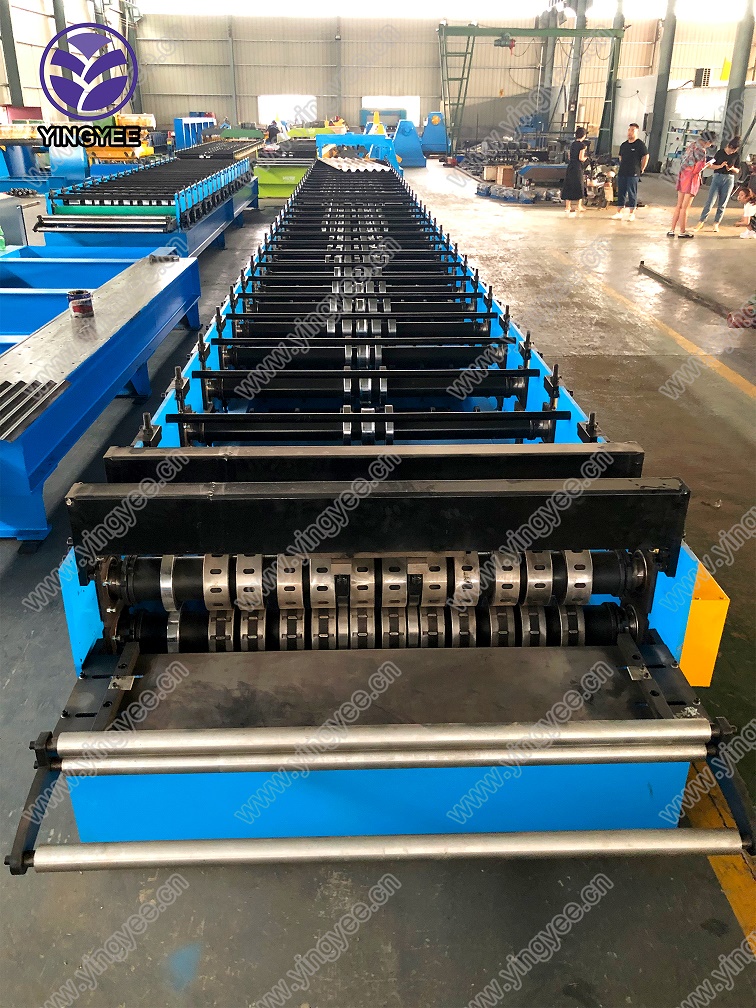
The Evolution and Importance of Guardrail Block Spacer Cold Bending Machines
In recent years, infrastructure development has garnered significant attention, particularly in the realm of road safety. One of the key components that enhance road safety is the guardrail system, which serves to minimize vehicle collisions and protect occupants. An essential part of this system is the guardrail block spacer, and to produce these components efficiently, manufacturers employ specialized equipment known as guardrail block spacer cold bending machines.
Understanding Guardrail Block Spacers
Guardrail block spacers are critical elements used to maintain the proper distance between guardrails and ensure their effective functioning in the event of a vehicle impact. These spacers are designed to absorb energy and redirect vehicles away from hazards, thus significantly reducing the severity of accidents. Their design must meet stringent specifications regarding height, width, material strength, and durability to ensure compliance with safety regulations.
The Role of Cold Bending Machines
The cold bending process refers to the technique of deforming materials, typically metal, at room temperature to achieve the desired shapes without compromising the integrity of the material. Cold bending machines designed specifically for guardrail block spacers enable manufacturers to create precise and consistent shapes that meet safety standards and design specifications efficiently.
A cold bending machine features various components, including a feeding system, bending mechanism, and control interface. The feeding system ensures that raw materials, usually steel or aluminum, are provided to the machine uniformly. The bending mechanism applies pressure to achieve the required angles and shapes, while the control interface allows operators to program settings and monitor production.
Advantages of Cold Bending Technology
The use of cold bending technology in the production of guardrail block spacers offers multiple benefits

1. Precision Engineering Cold bending machines can achieve high levels of precision, ensuring that each spacer meets exact specifications. This precision is critical for ensuring the proper installation and functionality of guardrails.
2. Material Integrity Unlike hot bending, cold bending maintains the material's strength and integrity, resulting in durable products that can withstand environmental factors and impacts over time.
3. Efficiency and Cost-Effectiveness These machines streamline production processes, reducing waste and increasing overall efficiency. This efficiency can lead to cost savings for manufacturers, making it a preferred choice in the industry.
4. Flexibility in Design Modern cold bending machines are equipped with programmable features, allowing manufacturers to produce custom shapes and sizes of guardrail block spacers to meet specific project requirements.
Future Trends in Guardrail Systems
As technology continues to advance, the manufacturing process for guardrail block spacers is also evolving. Innovations such as automation and artificial intelligence are being integrated into production lines, enhancing efficiency and reducing human error. Additionally, the push for sustainability in manufacturing processes is driving the exploration of eco-friendly materials for guardrail systems.
Moreover, advancements in materials science may lead to the development of lighter yet stronger materials, further enhancing the efficacy of guardrail systems while reducing the environmental footprint associated with their production.
Conclusion
Guardrail block spacer cold bending machines play an indispensable role in the creation of road safety components that protect lives and enhance infrastructure resilience. As the demand for safer transport networks grows, the importance of these machines will only increase, driving innovation and efficiency in manufacturing. Investing in advanced cold bending technology will not only meet the current demands but will also pave the way for a safer future on our roads. With continuous improvements and adaptations to the evolving landscape of transportation needs, guardrail block spacers will remain a critical component in safeguarding drivers and passengers alike.